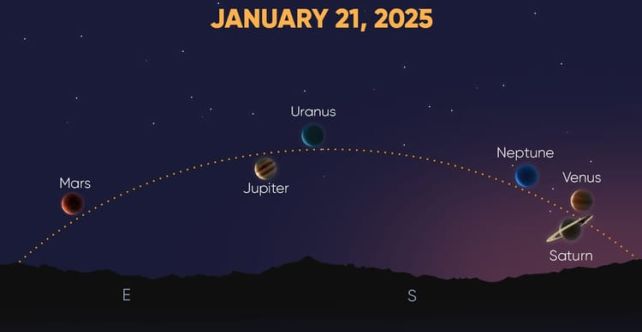The pyramids, in order from left: Menkaure, Khafre, and Khufu. (Travelpix Ltd/Getty Images)
Scans of the third-largest pyramid at Giza, the Menkaure pyramid, have revealed two anomalous pockets of nothing but air hiding behind its sloping stone walls.
The discovery follows earlier findings inside the Great Pyramid of Khufu, including a huge internal void and a corridor near its northern entrance. But the Menkaure cavities are dramatically different in shape, size, and layout – hinting at a very different construction history and purpose.
"The images revealed two anomalies directly behind the polished granite blocks, which would indicate the presence of air-filled voids," writes a team led by archaeologists Khalid Helal and Mohamed Elkarmoty of Cairo University.
"This interpretation was supported by a series of numerical simulations that considered various possible scenarios under real-world conditions."




















